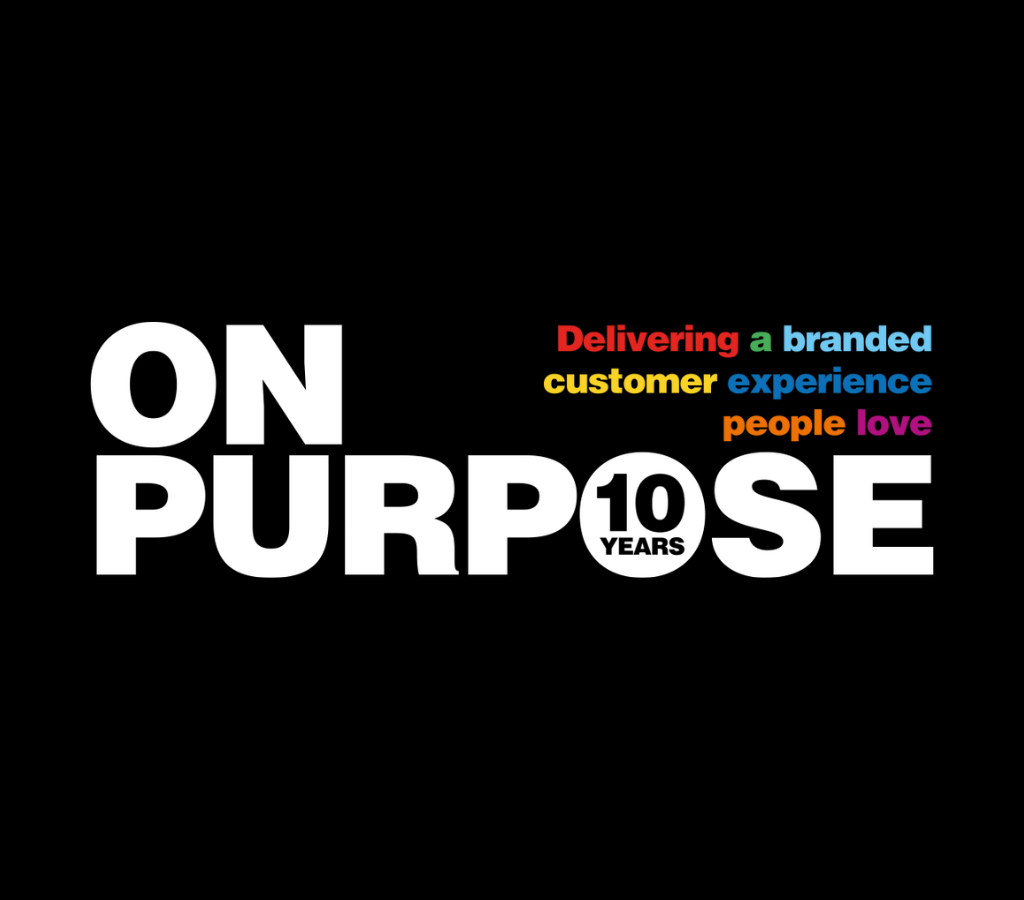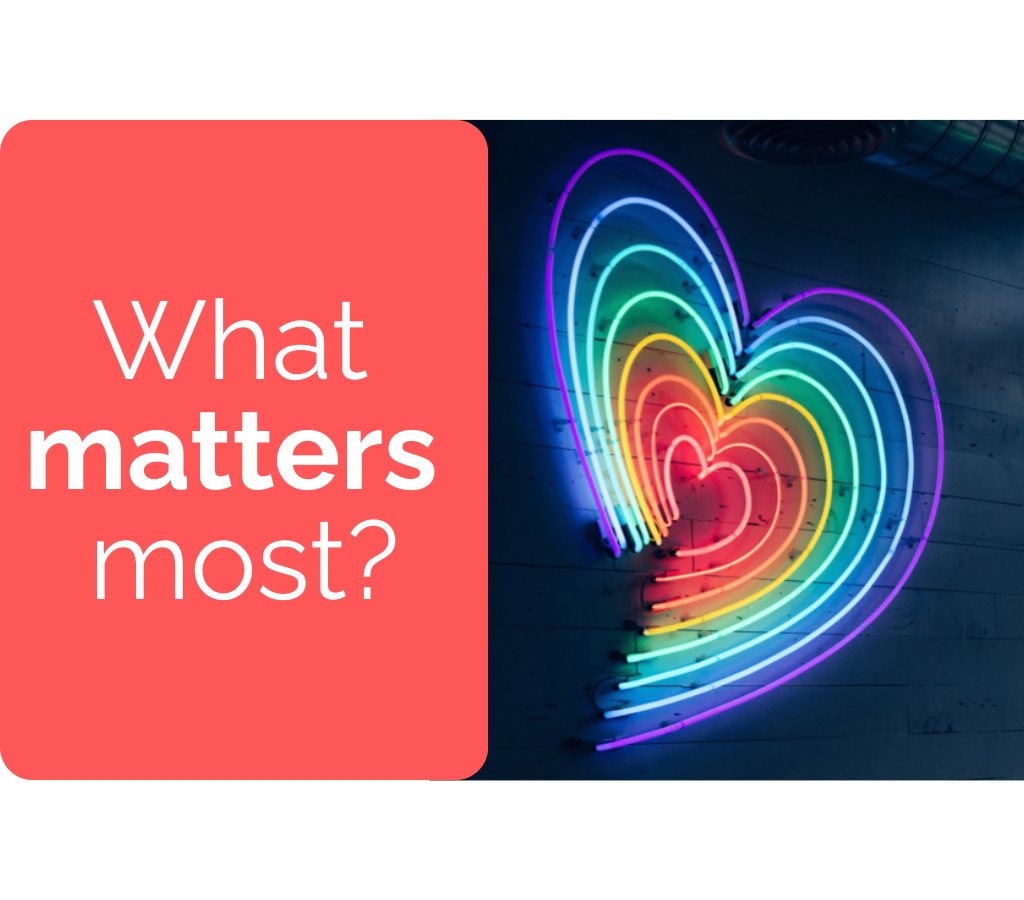In April 2023, the John Lewis Partnership announced it would be dropping its ‘Never Knowingly Undersold’ price promise. After almost a century, the retailer said it was scrapping the historic pledge to focus on “everyday quality and value”.
At the time, Caffeine’s Shaun Smith wrote this article, concerned that this decision, coupled with a new strategy to move into property development, was moving away from John Lewis’s core values of quality, trust, and exceptional customer service that have set it apart from its competitors for decades.
Shaun made the case that, by returning to its roots, the retailer can leverage these advantages and differentiate itself in a crowded but increasingly impersonal market.
Fast-forward to this week and new John Lewis boss Peter Ruis made headlines by announcing that ‘Never Knowingly Undersold’ is back – this time with AI helping to match its prices to those at 25 major retailers – including, for the first time, online brands.
Take a look at Peter Ruis’ LinkedIn page and you’ll see that feelings for the John Lewis brand run high. For every congratulatory message, there’s a cri de cœur from customers who feel let down by a brand they once trusted and loved.
Clearly a man who works at pace, since Ruis took up his role in January he has fast-tracked the technology required to deliver the price promise supported by the retailer’s “biggest ever investment in marketing”. In addition, investment is also being made into John Lewis’ stores. Ruis plans to make more than 650 store improvements, including bringing more partners back to the shop floor, which will apply to the whole estate.
Interestingly, these strategies mirror the suggestions Shaun made in his original article:
“If John Lewis were our client, we would recommend that the brand consider consolidating its retail presence by focusing on fewer, high-quality flagship stores to create a more branded John Lewis experience. By creating destination shopping experiences that showcase the best attributes of the brand, John Lewis can differentiate itself from online retailers that cannot compete with the tactile and immersive nature of in-person shopping.”
“Of course, it cannot afford to ignore the march of digital shopping and so needs to have an online presence and an omni-channel approach so that customers can move between the in-store experience and personalised advice it offers but with the convenience of on-line browsing, ordering and delivery if preferred. High-Touch and High-Tech are alternative retail strategies but for John Lewis, they need to be seamless.”
Going back to a customer-focused approach to retail should provide a more sustainable brand strategy, setting John Lewis up for continued success for the next 100 years. For this beloved high-street brand, it looks like the future starts now.




